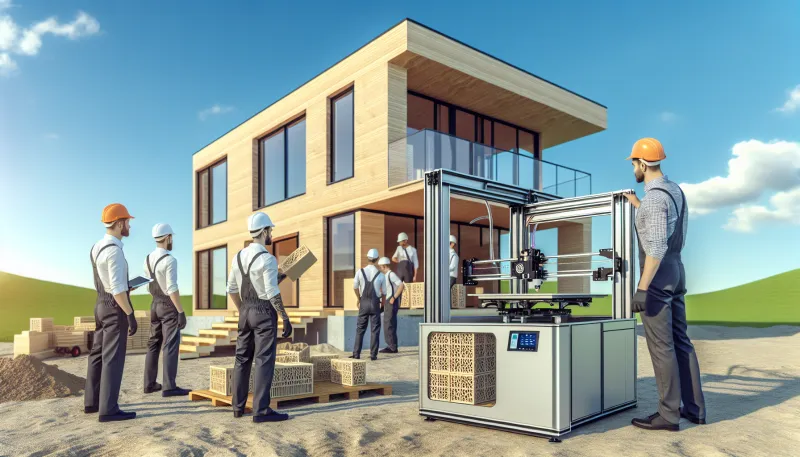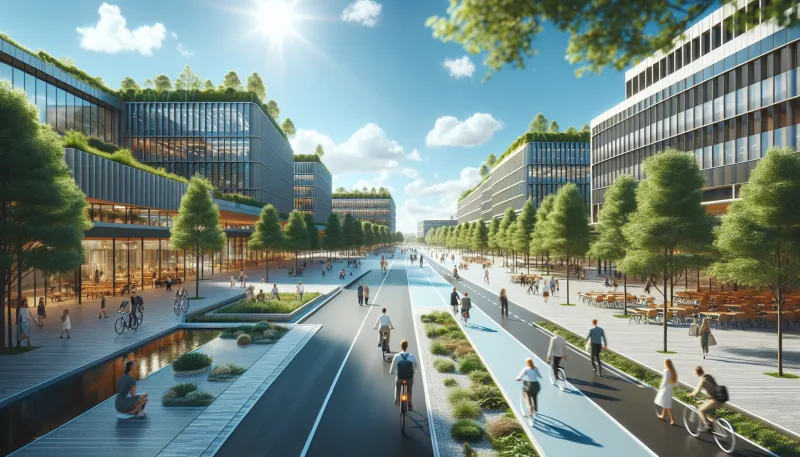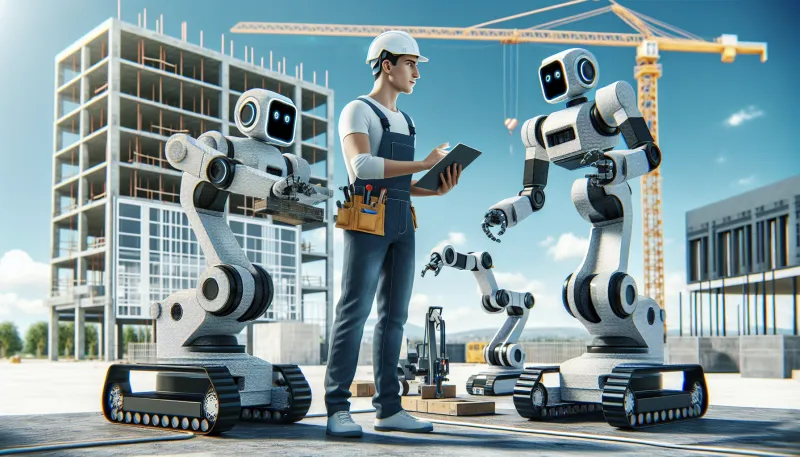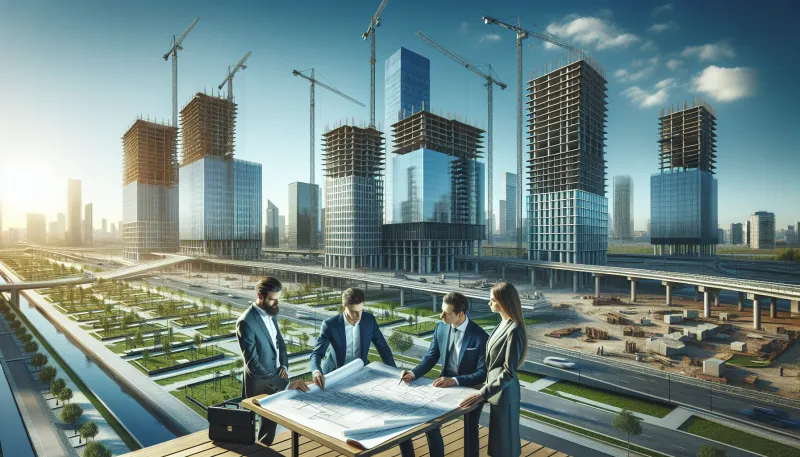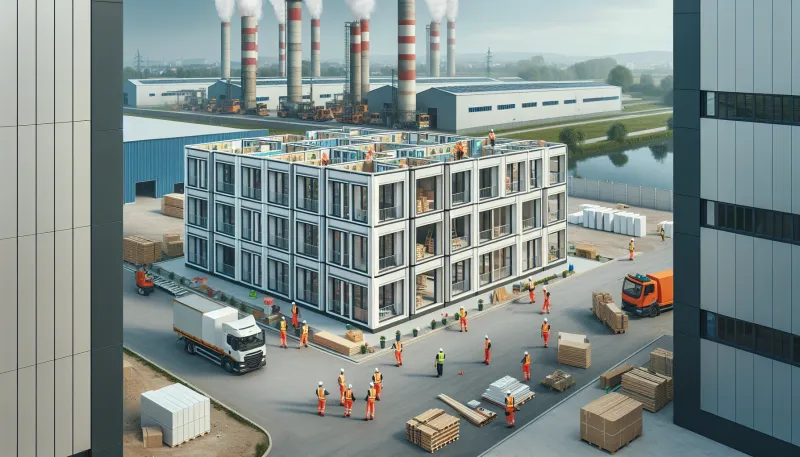
How Modular Construction Is Redefining Building Efficiency
- Understanding modular construction
- Streamlining construction timelines
- Enhancing quality control through factory settings
- Reducing waste and promoting sustainability
- Cost efficiency and financial benefits
- Improving safety standards on site
- Flexibility in design and future expansion
- Addressing labor shortages with modular methods
- Technology integration driving modular innovation
Understanding modular construction
Modular construction involves fabricating sections of a building—called modules—in a factory environment before transporting them to the site for assembly. Each module is built to precise specifications, ensuring quality and consistency that traditional on-site construction frequently struggles to maintain.
Streamlining construction timelines
One of the most significant advantages of modular construction is the drastic reduction in project timelines. Since site preparation and module fabrication happen simultaneously, overall build time can be cut by up to 50%, allowing faster occupancy and reduced financing costs.
Enhancing quality control through factory settings
Working in a controlled factory environment, modular builders can implement stricter quality standards. This reduces errors caused by weather conditions or site variables, leading to improved durability and finish of building components.
Reducing waste and promoting sustainability
Precision manufacturing techniques allow for optimal use of materials, minimizing waste significantly. Additionally, many modular construction processes incorporate sustainable materials and methods, supporting eco-friendly building initiatives.
Cost efficiency and financial benefits
Modular construction often leads to cost savings through reduced labor needs, shorter project durations, and lower material waste. These financial benefits can make projects more viable and attractive to investors and developers.
Improving safety standards on site
By shifting much of the construction work indoors, modular building minimizes on-site hazards such as falls, weather exposure, and heavy equipment use. This results in safer working conditions and fewer accidents during the project lifespan.
Flexibility in design and future expansion
Modular construction offers adaptable design options. Modules can be customized to various configurations, and buildings can be easily expanded or reconfigured in response to changing needs, providing long-term versatility.
Addressing labor shortages with modular methods
The construction industry faces ongoing labor shortages. Modular construction mitigates this issue by requiring fewer skilled workers on-site and allowing factory workers to specialize, reducing dependency on fluctuating labor availability.
Technology integration driving modular innovation
Advanced technologies like Building Information Modeling (BIM), automation, and robotics are increasingly integrated into modular fabrication. These tools enhance precision, coordination, and efficiency, pushing the boundaries of what modular construction can achieve.
Tommy is a property-passionate journalist who covers the forces shaping housing and the built environment. With a data-driven approach and a reporter’s curiosity, he writes on market cycles, urban development, PropTech, and policy—always connecting numbers to everyday lives. [Name]’s work blends clear analysis with on-the-ground reporting to help readers navigate trends, opportunities, and risks across residential and commercial real estate.




